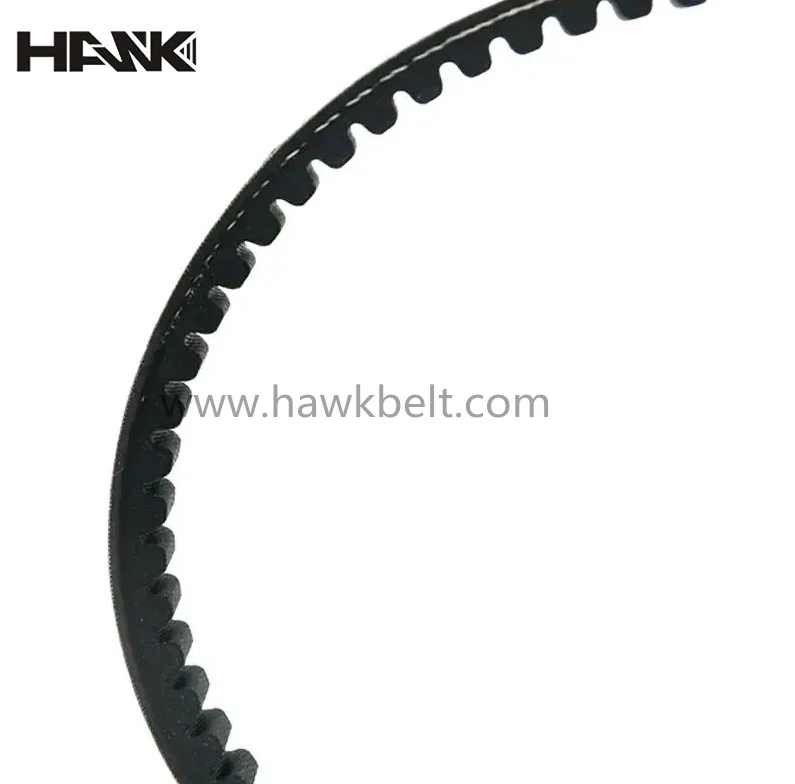- Arabic
- French
- Russian
- Spanish
- Portuguese
- Turkish
- Armenian
- English
- Albanian
- Amharic
- Azerbaijani
- Basque
- Belarusian
- Bengali
- Bosnian
- Bulgarian
- Catalan
- Cebuano
- Corsican
- Croatian
- Czech
- Danish
- Dutch
- Afrikaans
- Esperanto
- Estonian
- Finnish
- Frisian
- Galician
- Georgian
- German
- Greek
- Gujarati
- Haitian Creole
- hausa
- hawaiian
- Hebrew
- Hindi
- Miao
- Hungarian
- Icelandic
- igbo
- Indonesian
- irish
- Italian
- Japanese
- Javanese
- Kannada
- kazakh
- Khmer
- Rwandese
- Korean
- Kurdish
- Kyrgyz
- Lao
- Latin
- Latvian
- Lithuanian
- Luxembourgish
- Macedonian
- Malgashi
- Malay
- Malayalam
- Maltese
- Maori
- Marathi
- Mongolian
- Myanmar
- Nepali
- Norwegian
- Norwegian
- Occitan
- Pashto
- Persian
- Polish
- Punjabi
- Romanian
- Samoan
- Scottish Gaelic
- Serbian
- Sesotho
- Shona
- Sindhi
- Sinhala
- Slovak
- Slovenian
- Somali
- Sundanese
- Swahili
- Swedish
- Tagalog
- Tajik
- Tamil
- Tatar
- Telugu
- Thai
- Turkmen
- Ukrainian
- Urdu
- Uighur
- Uzbek
- Vietnamese
- Welsh
- Bantu
- Yiddish
- Yoruba
- Zulu
നവം . 07, 2024 22:25 Back to list
Exploring the Importance of Motor Belts in Industrial Applications and Machinery Efficiency
Understanding Motor Belts Essential Components in Machinery
Motor belts are integral components used in a wide variety of machinery and automotive systems. They serve the crucial purpose of transferring power from one part of the system to another, ensuring efficient operation and performance. This article will explore the types of motor belts, their applications, and the importance of maintenance for optimal functionality.
Types of Motor Belts
There are several types of motor belts, each designed for specific applications and operational requirements. The most common types include
1. V-Belts These are characterized by their V shape, which allows them to fit snugly into pulleys. V-belts are widely used in industrial machinery, HVAC systems, and automotive applications. They are known for their efficiency at transferring power and their ability to handle high loads.
2. Flat Belts As the name implies, flat belts are flat and do not have a groove. They are often used in applications where low torque is required. Flat belts are common in older machinery and specific industries, such as textile manufacturing.
3. Timing Belts Timing belts feature teeth that engage with corresponding grooves in pulleys, allowing for precise synchronization between moving parts. These are commonly found in automotive engines, ensuring that the camshaft and crankshaft rotate in harmony.
4. Poly-V Belts Poly-V belts have multiple grooves and provide higher surface contact, allowing for more power transfer in a smaller form factor. They are often used in high-performance settings, including modern automotive engines and various electrical appliances.
Applications of Motor Belts
Motor belts have a diverse range of applications across various fields. In the automotive industry, they are critical for functions like driving alternators, water pumps, and air conditioning compressors. Timing belts in cars are essential for maintaining the engine's timing, directly affecting performance and fuel efficiency.
motor belts

In industrial settings, motor belts are used in conveyors, machinery, and assembly lines. They enable efficient movement of materials and products, enhancing productivity and reducing strain on machinery. Additionally, motor belts play a vital role in agricultural equipment, ensuring that operations like hay baling and tilling are accomplished smoothly.
Importance of Maintenance
While motor belts are engineered for durability, regular maintenance is essential to ensure their longevity and effectiveness. Over time, belts can wear, stretch, or become damaged, leading to decreased performance or complete failure. Here are a few maintenance tips
1. Regular Inspections Frequently check belts for signs of wear, such as fraying, cracks, or discoloration. Early detection of these issues can prevent unexpected breakdowns.
2. Proper Tension Ensure that the belts have the correct tension. Either too loose or too tight can lead to accelerated wear and failure.
3. Alignment Check Misalignment can cause uneven wear and stress on the belts. Regularly inspect the pulleys and make adjustments as necessary.
4. Replacement Always adhere to manufacturer recommendations regarding replacement intervals. Proactive replacement can save time and costly repairs later.
Conclusion
Motor belts are fundamental to numerous mechanical systems, playing a vital role in their efficiency and reliability. Understanding the different types of belts, their applications, and the importance of maintenance can help ensure that machines operate smoothly and effectively. As technology continues to evolve, so too will the designs and materials used in motor belts, paving the way for even greater efficiencies in the years to come.
-
Korean Auto Parts Timing Belt 24312-37500 For Hyundai/Kia
NewsMar.07,2025
-
7PK2300 90916-T2024 RIBBED BELT POLY V BELT PK BELT
NewsMar.07,2025
-
Chinese Auto Belt Factory 310-2M-22 For BMW/Mercedes-Benz
NewsMar.07,2025
-
Chinese Auto Belt Factory 310-2M-22 For BMW/Mercedes-Benz
NewsMar.07,2025
-
90916-02660 PK Belt 6PK1680 For Toyota
NewsMar.07,2025
-
drive belt serpentine belt
NewsMar.07,2025

